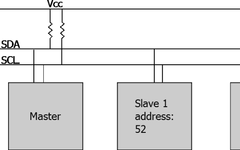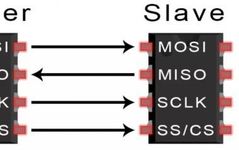Everything You Need to Know About SPI Protocol
What is covered? Introduction to SPI Protocol 4-Wire or 3-Wire? 4 Operating Modes Multiple Transmission Rates Timing of SPI Protocol Upgraded SPI Protocol FPGA Implementation of SPI Protocol Comparison of SPI and IIC Conclusion Introduction to SPI Protocol The three most commonly used serial communication protocols between different chips on a board are UART, I2C, … Read more








